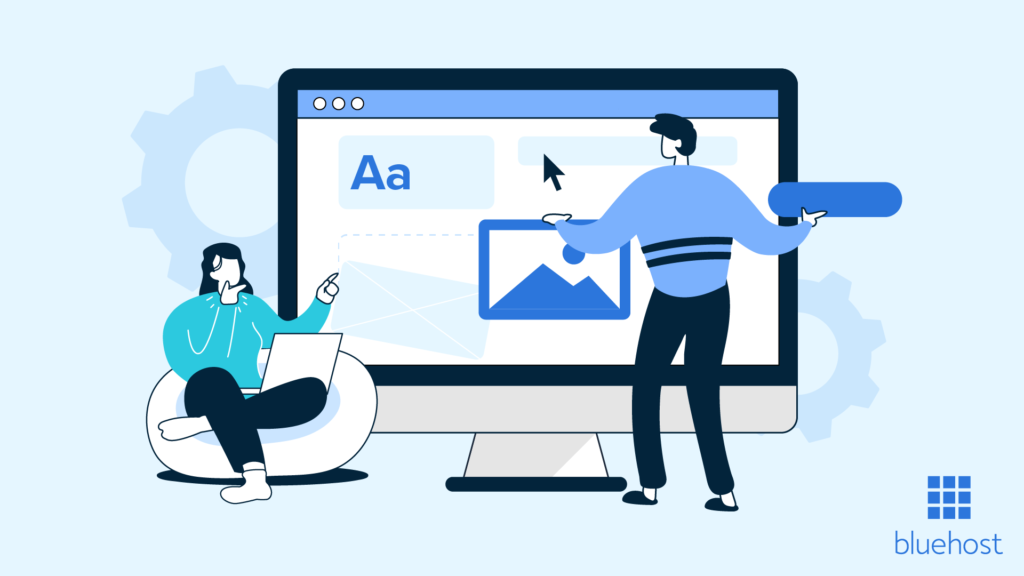In November 2024, businesses must focus on key website design elements that can drive success in user experience, SEO, and conversions. Here's a breakdown of the essential features for a high-performing website.
1. Mobile-First Design: Optimizing for a Mobile-Driven World
Responsive Design for All Devices
Responsive design ensures that your website adapts smoothly to all screen sizes, providing an optimal user experience. Click here Whether on a smartphone or a desktop, your website will maintain its usability and visual appeal, encouraging users to stay longer.
Google’s Mobile-First Indexing
Google’s mobile-first indexing means the mobile version of your website is now the primary version considered for ranking. If your website is not optimized for mobile, it could affect your search engine rankings, which is why prioritizing mobile design is essential for SEO.
2. User-Friendly Navigation: Keeping Visitors Engaged
Simplified Menu Structure
A clear and concise menu structure helps users quickly find what they need. By limiting the number of categories and offering a logical hierarchy, your website will make it easier for visitors to browse, reducing frustration and improving engagement.
Sticky Navigation for Easy Access
Sticky navigation keeps the menu visible as users scroll through your site, offering constant access to key sections. This feature is especially beneficial on long pages, ensuring that users can quickly jump to any section without scrolling back to the top.
3. Visual Appeal: Crafting a Memorable Brand Identity
Color Scheme and Typography Consistency
Your color palette should be in line with your brand identity, evoking the right emotions while maintaining readability. Consistent typography helps establish professionalism, making it easier for visitors to read and engage with your content.
High-Quality Images and Graphics
Quality visuals are essential for making a great first impression. Click here High-resolution images that are relevant to your content convey professionalism and help tell your brand’s story effectively, ensuring visitors stay on your site longer.
4. Fast Page Load Speed: Reducing Bounce Rates
Image Optimization
Unoptimized images can significantly slow down your site. Compressing images while retaining quality can reduce load times, improving overall site performance and user satisfaction. Click here Tools like TinyPNG or ImageOptim can help with image compression.
Minimize HTTP Requests
Every element on your website requires a separate HTTP request. Reducing the number of elements—by combining CSS files, minimizing scripts, and simplifying the design—helps your pages load faster, keeping users engaged and improving SEO.
5. SEO Optimization: Boosting Visibility and Reach
On-Page SEO Best Practices
On-page SEO includes using keywords in page titles, meta descriptions, and headings. Structuring your content with heading tags (H1, H2) helps search engines understand your website’s topic, improving your chances of ranking higher in search results.
Technical SEO for Better Indexing
Technical SEO focuses on elements like site speed, mobile-friendliness, and secure HTTPS connections. These factors not only improve user experience but also enhance how search engines crawl and index your site, improving visibility and rankings.
6. Accessibility: Ensuring Inclusivity for All Users
Alt Text and Screen Reader Compatibility
Alt text describes images for those with visual impairments. By including descriptive alt text, you ensure that screen readers can convey important visual elements to users who may not be able to see them, making your site more inclusive.
Keyboard-Friendly Navigation
Websites should be navigable using a keyboard alone, catering to users with motor impairments. Implementing keyboard shortcuts and making interactive elements accessible via keyboard ensures that your site is usable by a wider audience.
7. Clear Calls to Action (CTAs): Converting Visitors into Customers
Effective Placement and Design
CTAs should be prominently displayed and use contrasting colors to grab attention. Position them in visible spots like the top of the page, within content, and at the end of important sections, encouraging users to take the next step.
Test CTAs for Maximum Effectiveness
Testing different CTA placements and wording can help determine which combinations generate the best results. Click here A/B testing allows you to make data-driven decisions and continuously optimize the user journey, improving your conversion rates.


